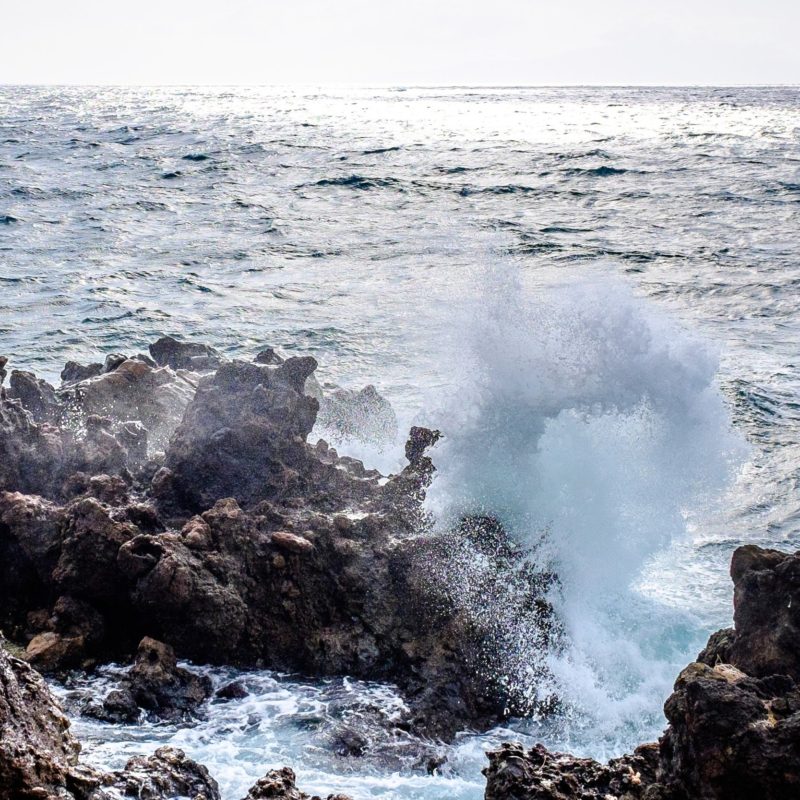
RECENTLY, I HAVE SPOKEN TO A FEW DIFFERENT PEOPLE ABOUT YOGA TEACHER TRAINING — HOW TO CHOOSE ONE, WHAT TO EXPECT, ETC — AND WITH A FEW MORE INQUIRIES POPPING UP OVER THE WEEKEND, I THOUGHT IT’D BE USEFUL TO SHARE SOME THOUGHTS MORE WIDELY HERE!
Whether you’ve decided you want to teach or simply dig deeper into your practice, I believe that teacher training is one of the most amazing, life-transforming things you can do for yourself. In committing 200 hours to this practice, you are in fact committing 200 hours to yourself — to looking within and emerging with a newfound sense of understand and ease.
That said, with so many options for trainings out there, it can be daunting to sift between the many yoga styles and teaching methods. Add the rising costs and the time away from other pursuits and this decision can feel downright overwhelming. To simplify, it’s good to begin with asking yourself: what am I really looking for?
We don’t need to know where we’re headed to know the path we want to walk.
By this I mean, consider what you already know about yoga and how you like to practice. Which parts of class excite you and leave you wanting more? And if you’re newer to yoga, what have you been introduced to that you want to deepen your understanding of before adding more layers?
Thankfully, most all teacher trainings are Yoga Alliance certified which means that there is a standard for what a teacher training program must contain — ie. the basics will always be covered:
-
Sequencing
-
Cueing
-
Centering
-
Voice and presence
-
Alignment, benefits and contraindications of poses
Pick a program that speaks your language. If you are really into the nuts and bolts of yoga asana, then a spiritually-focused program most likely isn’t for you. Likewise, if discussing the Yoga Sutras at length turns you on, then a super anatomy-focused program may make you feel less than interested. Study the curriculum and ask about how many hours are dedicated to each topic if it is not advertised.
It’s helpful to think about the teachers you enjoy and the skills they embody. As you look into programs, figure out if they have an emphasis on those skills. You can get a sense of what a studio will emphasize by taking a range of classes from their senior teachers, looking at the variety classes offered, pursuing the books and merchandise they sell, and asking to connect with alumni. If it’s a teacher offering a program outside of a studio, the inquiry is quite similar: what types of classes do they teach? What have they studied and with whom? What is their online content consist of? To become a skillful yoga teacher and/or advance your practice, you’ll want to learn more than just the basics of alignment and an introduction to Sanskrit terminology. And you’ll learn most from the insights your primary teachers share based on their years of experience practicing, studying, and working with students so this is an important point of consideration.
While demonstrating respect for the broad tradition of yoga, a program should focus on one particular approach (that resonates with you) rather than providing a survey of 10 different yoga styles. That said, with more and more branded yoga styles, look into whether the program’s teaching certificate will make you a versatile instructor who can teach in a variety of settings, or whether you will only be qualified to teach a branded class in a particular location or for a particular company. Same goes for your personal practice. It deep our knowledge with need, well depth.
Think global vs local. There are many incredible trainings being held in exotic locations around the world. And like everything else, there is a cost benefit to traveling far for your training. On the one hand you get to fully vacate day-to-day life while delving into your practice in a serene locale. On the other hand, you may not have many chances to practice with your teachers or peers after the program ends. Therefore, it’s useful to think about how you want to integrate yoga into your life at home. If you already have a studio and a community you’re a part of but want to experience a cultural immersion and time away, a destination training suit you quite well. If ongoing practice with your mentors and integration into a yoga community close to home is something you want, a training nearby may best serve you.
Essentially, it comes down to researching different programs, not solely from reviews and conversations but from your experience with the teachers and studio as well. How we feel in a place and around particular people is often a better indicator of fit that anything we can assess on paper.
And remember that completing a training doesn’t mean the learning is over. Each time you step onto your mat you have the opportunity to deepen your practice and this on-going inquiry and growth is where skillful teachers and practitioners emerge. In this way, trust that no matter what you choose, you will learn, grow and deepen your practice. It’s inevitable when we step on this path. x


